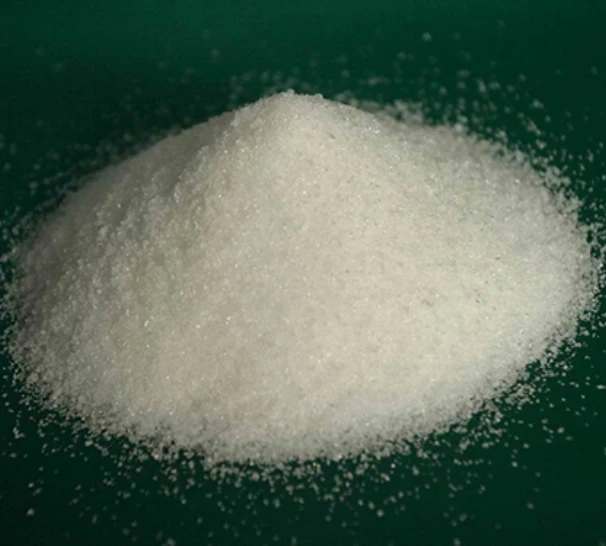poly aluminium
The Versatility of Poly Aluminium Compounds A Comprehensive Overview
Poly aluminium compounds, commonly referred to as polyaluminium, have become increasingly prominent in various industrial applications due to their remarkable properties and versatility. These compounds, typically characterized by the presence of aluminium ions and hydroxyl groups, offer a range of benefits that make them suitable for numerous uses, particularly in water treatment, paper production, and various chemical processes.
Chemical Composition and Properties
Polyaluminium compounds are inorganic polymers that consist of aluminium hydroxide chains and clusters. They can vary in composition, leading to different formulations such as polyaluminium chloride (PAC), polyaluminium sulfate (PAS), and polyaluminium ferric chloride (PAFC). The unique structure of these compounds provides a high degree of hydrolysis, which facilitates their interaction with negatively charged particles in solutions. This is particularly advantageous in applications that require flocculation, coagulation, or adsorption.
One of the key properties of polyaluminium is its ability to operate effectively over a wide pH range, making it versatile for use in different environments. Additionally, these compounds exhibit a high charge density, which enhances their ability to destabilize colloidal suspensions and promote the aggregation of suspended particles. This is crucial in water purification processes where the removal of impurities is essential for achieving clean water standards.
Applications in Water Treatment
One of the most recognized applications of polyaluminium is in water treatment. Due to its efficient coagulating properties, polyaluminium chloride is widely used in municipal and industrial water treatment plants. It helps improve water clarity by facilitating the removal of suspended solids, organic matter, and pathogens. The use of polyaluminium in water treatment allows for lower doses compared to traditional coagulants like alum, resulting in less sludge production and easier handling.
Moreover, the use of polyaluminium-based coagulants leads to an improvement in the overall quality of treated water. They tend to produce less residual aluminum in the finished water compared to traditional aluminum sulfate, which is an important consideration given the potential health concerns associated with elevated aluminum levels in drinking water.
poly aluminium

Role in Paper Manufacturing
In the paper industry, polyaluminium compounds are employed as retention and drainage aids. Their ability to enhance the retention of fines and fillers improves the efficiency of the papermaking process. By incorporating polyaluminium into the papermaking process, manufacturers can achieve improved paper quality and reduced environmental impact. The use of these compounds helps in minimizing the amounts of chemical additives required, leading to a more sustainable production method.
Chemical Processes and Other Industrial Uses
Beyond water treatment and paper manufacturing, polyaluminium compounds find applications in various chemical processes, including the production of pigments, adhesives, and coatings. Their role as a precursor for aluminum salts allows for the synthesis of various aluminum-based materials, which are important for a wide range of applications.
Additionally, polyaluminium is also utilized in the food industry as a clarification agent in juice production and as a component in food additives. The ability to interact with organic compounds makes polyaluminium a useful tool for improving the quality and safety of food products.
Conclusion
In summary, polyaluminium compounds are versatile materials with significant utility across multiple industries. Their unique chemical properties enable effective water treatment, enhance paper production processes, and contribute to various chemical applications. As environmental concerns rise, the efficiency and safety of polyaluminium make it an attractive alternative to more traditional materials. As research continues into optimizing formulations and exploring new applications, the relevance of polyaluminium in industrial processes is likely to grow, showcasing its potential to meet modern challenges in sustainability and efficiency.
-
Water Treatment with Flocculant Water TreatmentNewsJun.12,2025
-
Polymaleic AnhydrideNewsJun.12,2025
-
Polyaspartic AcidNewsJun.12,2025
-
Enhance Industrial Processes with IsothiazolinonesNewsJun.12,2025
-
Enhance Industrial Processes with PBTCA SolutionsNewsJun.12,2025
-
Dodecyldimethylbenzylammonium Chloride SolutionsNewsJun.12,2025





